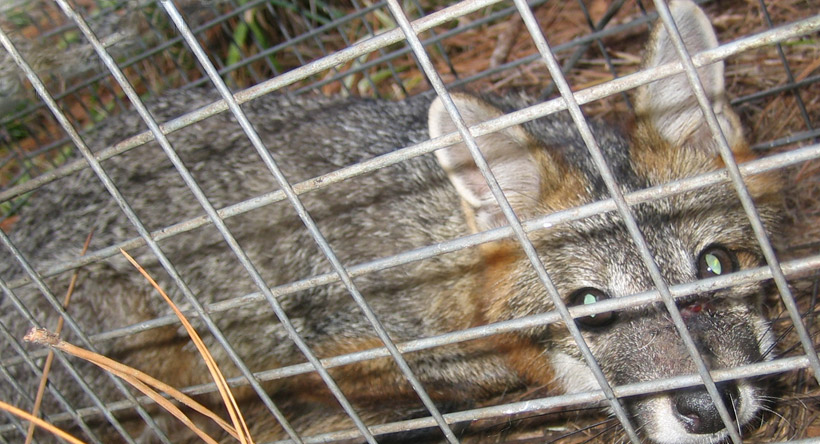Most of us would be quite happy if wild animals just stayed away from our home. No matter whether you are talking about a bear, wolf, raccoon, skunk, possum, or any other kind of wild animal, you are probably thinking that the very best thing that could occur is for these little creatures to stay as far away from your house and your family as they possibly can.

However, there may be instances where you need to be able to find a wild animal that has made its way to your home. For example, raccoons and possums are frequently the carriers of such things as rabies. If your dog or cat to be bitten by one of these creatures, they would be a serious concern that your pet may have contracted this illness.
Unless treated right away your pet is sure to die, so a series of very painful shots are needed to combat the illness. The way that you can help your pet to not have to battle through this is by capturing the wild animal, taking it in, and having it examined by the veterinarian to ensure that it is not infected with the disease. This is really the only way to ensure that your animal will not have to go through the shots.
However, trying to track a wild animal is not the easiest thing in the world. You may not be some great Old West tracker who knows how to discover where the bad guys went to. You are just an average person trying to find a raccoon or possum that has escaped from your property so that you can try to capture it to see if it contains a disease. If this is the dilemma you are facing, then here are some tips on how to track wild animals.
Before doing anything, the first thing to consider is that you need to protect yourself. Consider that any wild animal is a dangerous one, and the same raccoon, possum, or other animal that but your dog or cat may also by you. This is why it is imperative that you wear gloves, clothing that covers all your exposed skin, and boots.
From there, start by following the pathway that you saw the animal leave from your property through. What you will find along the way is that there are usually telltale signs that some kind of animal has been that direction. Look for tracks in the ground, dislodge leaves or grass, broken branches, or anything else that looks out of the ordinary in terms of how the terrain should look. To be honest, this may be a very slow process, but if you carefully follow the pathway you will likely find your wild animal.
Also, it is a smart idea to try to be as quiet as possible, because frequently you might even be able to hear the sounds the animal is making itself. Let all of your senses help to guide you in being able to track this animal.
Read more:
Florida Wildlife Control